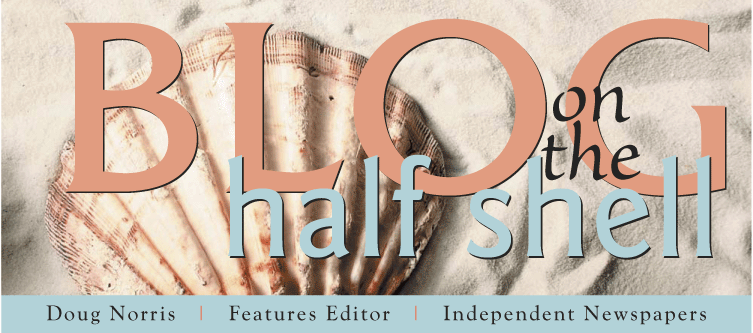Today is St. Joseph’s Day, the feast day celebrated by Rhode Island’s significant Italian American population, and the only day the rest of us eat zeppole, a lightweight, deep-fried dough ball often powdered with sugar, filled and/or topped with custard, cannoli, jelly, pastry cream, a butter/honey mixture or some other sweet stuffing.
Italian Americans represent the largest demographic in the state, with 19 percent, a figure that is also the highest percentage of any United State. Which is why it always seems a little odd that St. Joseph’s is such a low-key day, especially given the noise St. Patrick, patron saint of Ireland, makes hereabouts.
Most feast days are occasions for communal celebration and religious devotion. But St. Patrick’s, like Christmas, has morphed beyond its religious roots. As the second largest cultural community in Rhode Island (a little over 18 percent), Irish Americans also contribute greatly to the Ocean State identity. Per capita, Rhody has the third-largest Irish American community in the country, behind only Massachusetts (23 percent) and New Hampshire (20 percent). (The other three New England states are also in the top 10, and Boston, the Hub of the region, often called Ireland’s 33rd county, has the highest population of Irish Americans of any city in the country.)
But St. Patrick’s is really a worldwide phenomenon – a tribal party turned global, sustained in part by mythmaking and marketing. It’s an expression of triumph for a poor island nation that sent its sons and daughters to shores around the world, where they have endured, thrived and helped build nations in both hemispheres. So in Rhode Island, when March arrives, we have three straight Saturdays of parades, festivities and pub crawls in Pawtucket, Providence and Newport. (And next week some of the same revelers and participants will take the party just across the Connecticut border, to Mystic.)
Last Saturday, on the actual feast day, I visited my local, a pub called Crossroads, in Warren, owned by an Irishman now living in Rhode Island. Between rounds of Guinness and platters of corned beef and cabbage, the Providence Police Pipes and Drums Band showed up, banging and blowing “Danny Boy,” “Amazing Grace” and other classic tunes, as part of a six-pub visit that included Patrick’s in Providence and Lucky’s in East Providence. Inside, the pub was greener than the Emerald City. The dabblers had their green beer; the drinkers stuck with the black stuff or the caramel-colored whiskies lined behind the bar. The room was sardines. Customers kept bumping into Lance, the armored knight that stands between the entrance and the bar. (Some of them even apologized.) A good time, as always, unless you were the besieged wait staff, bartenders, cooks or busboys, slammed for hours, working through the mirth.
Other feast days are celebrated in Rhode Island. The state also has the largest percentage of people of Portuguese origin (Portuguese Americans and Cape Verdean Americans, comprising over eight percent of the population, most located on the East Bay). Their feast days are a chance to sample favas, chourico, malasadas, cocoila, sweet bread and blade meat, among other delicacies. But like St. Joseph’s and festivals for Rhody’s large French Canadian and Liberian populations, days devoted to St. George or the Feast of the Holy Ghost aren’t ritually observed statewide. Rhode Island, by far the most Catholic state in the nation, keeps its saints close at hand and embedded in the calendar. But the state itself has no patron saint, unless one is willing to grant the honor to its founder, Roger Williams. The problem there, of course, is that Roger was decidedly not Catholic. So, in scanning the list, perhaps we are best off with Saint Drogo, the patron saint of coffeehouses. Given the local mandate of a Dunkin’ Donuts on every corner, Drogo would seem to be an obvious candidate. (He is also the patron saint of unattractive people, so that covers a lot of ground.) If you’re with me, raise an espresso to Drogo on his designated day, April 16.
Otherwise, who should be Rhode Island’s patron saint?
Monday, March 19, 2012
Subscribe to:
Comments (Atom)

